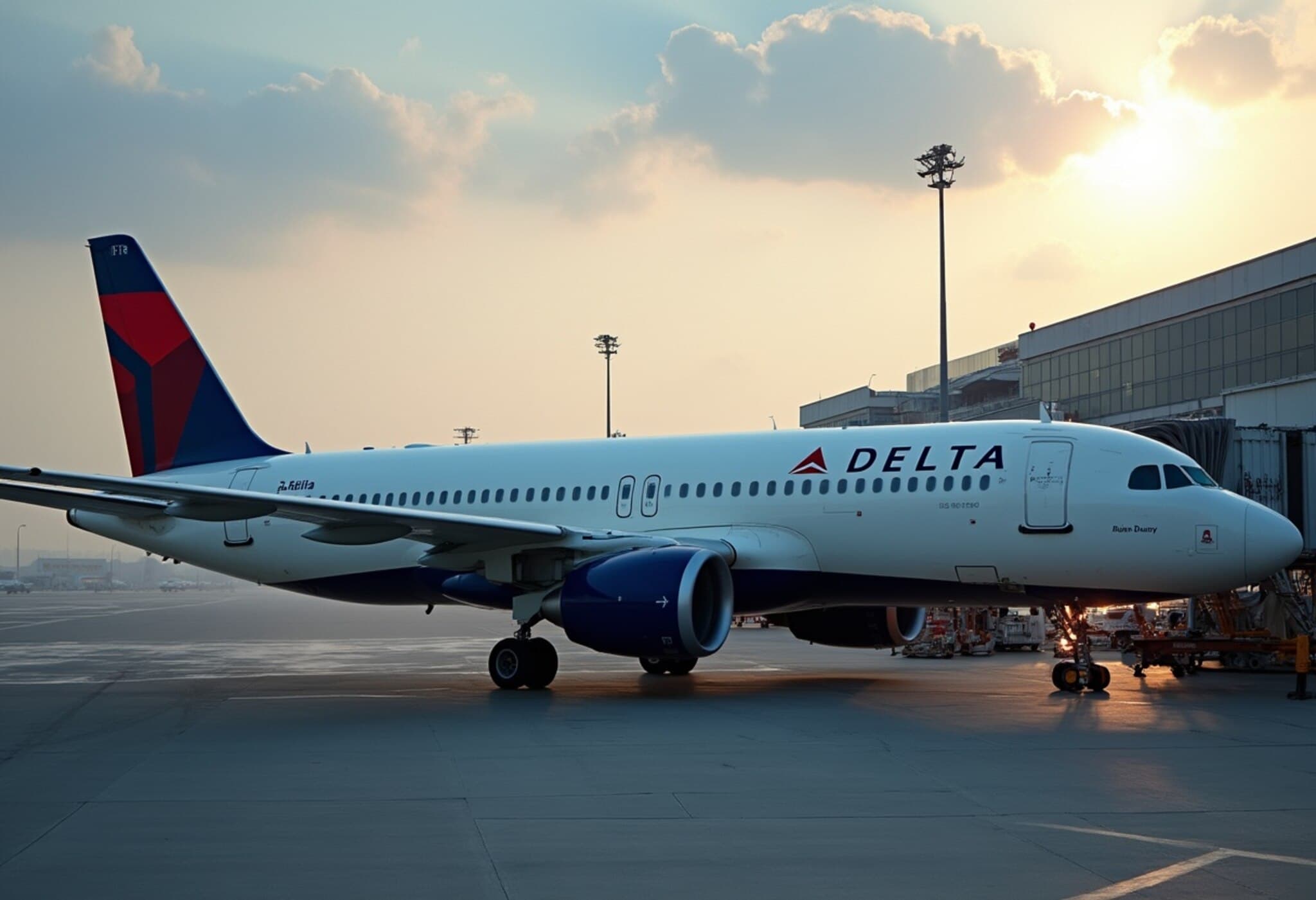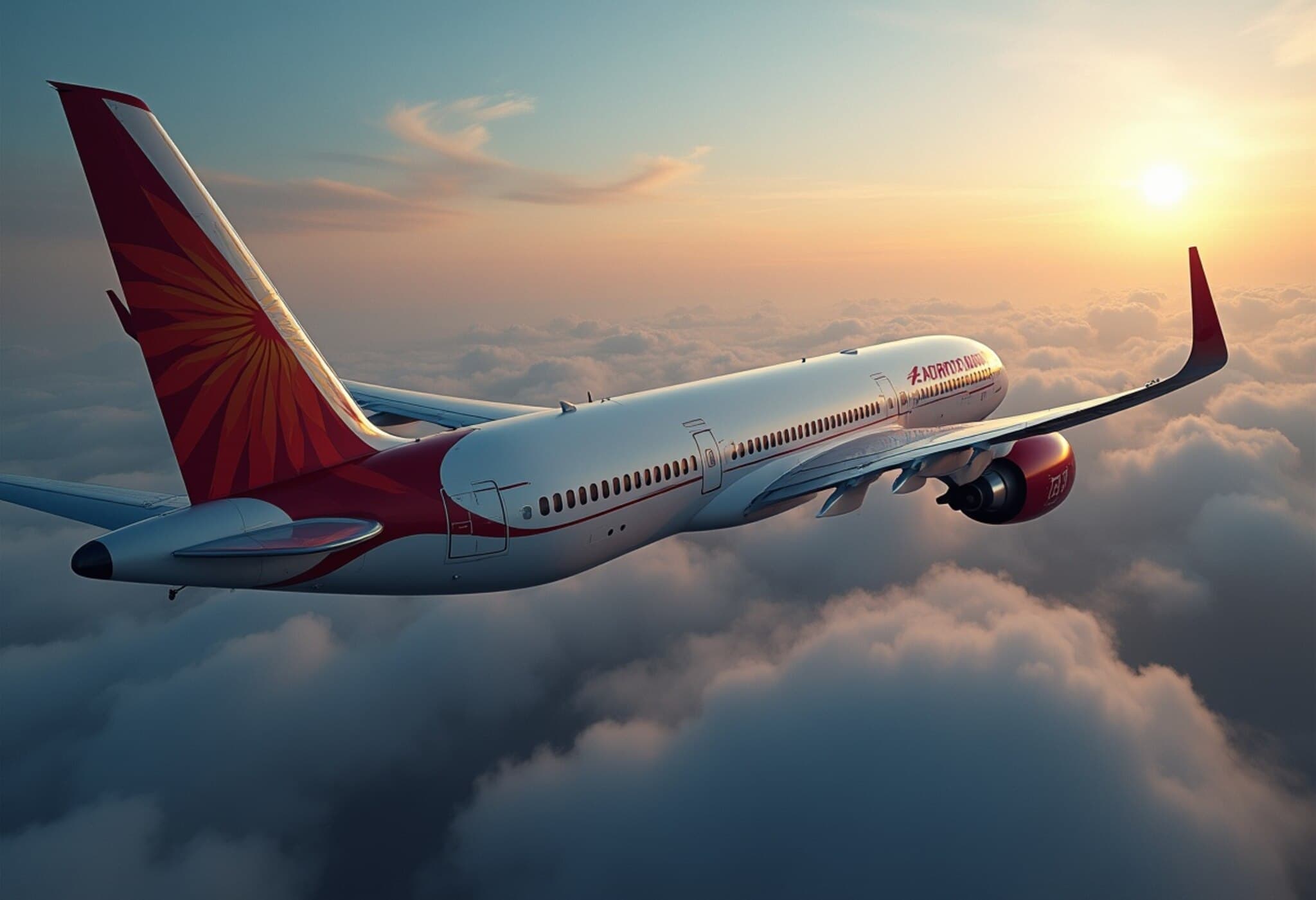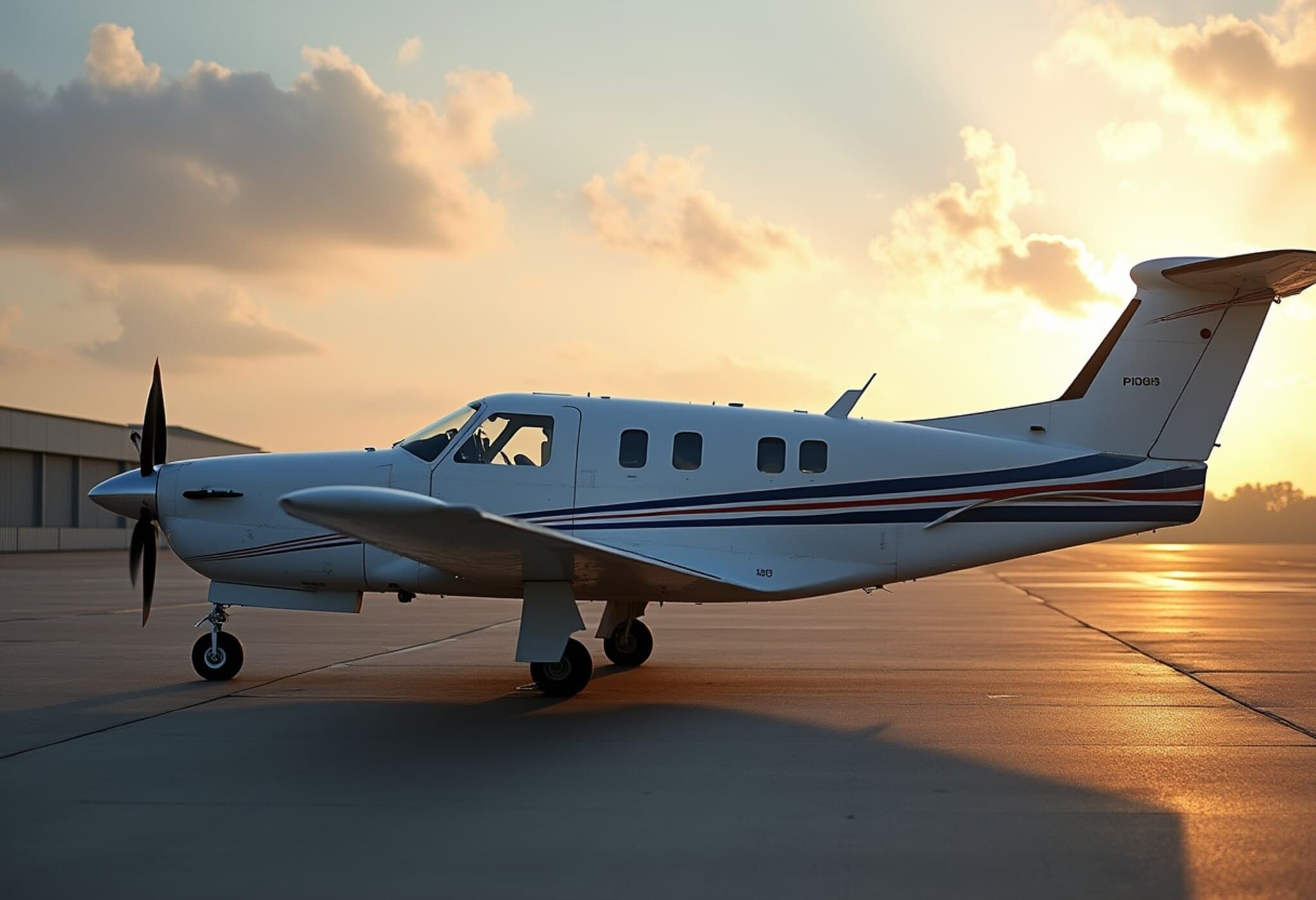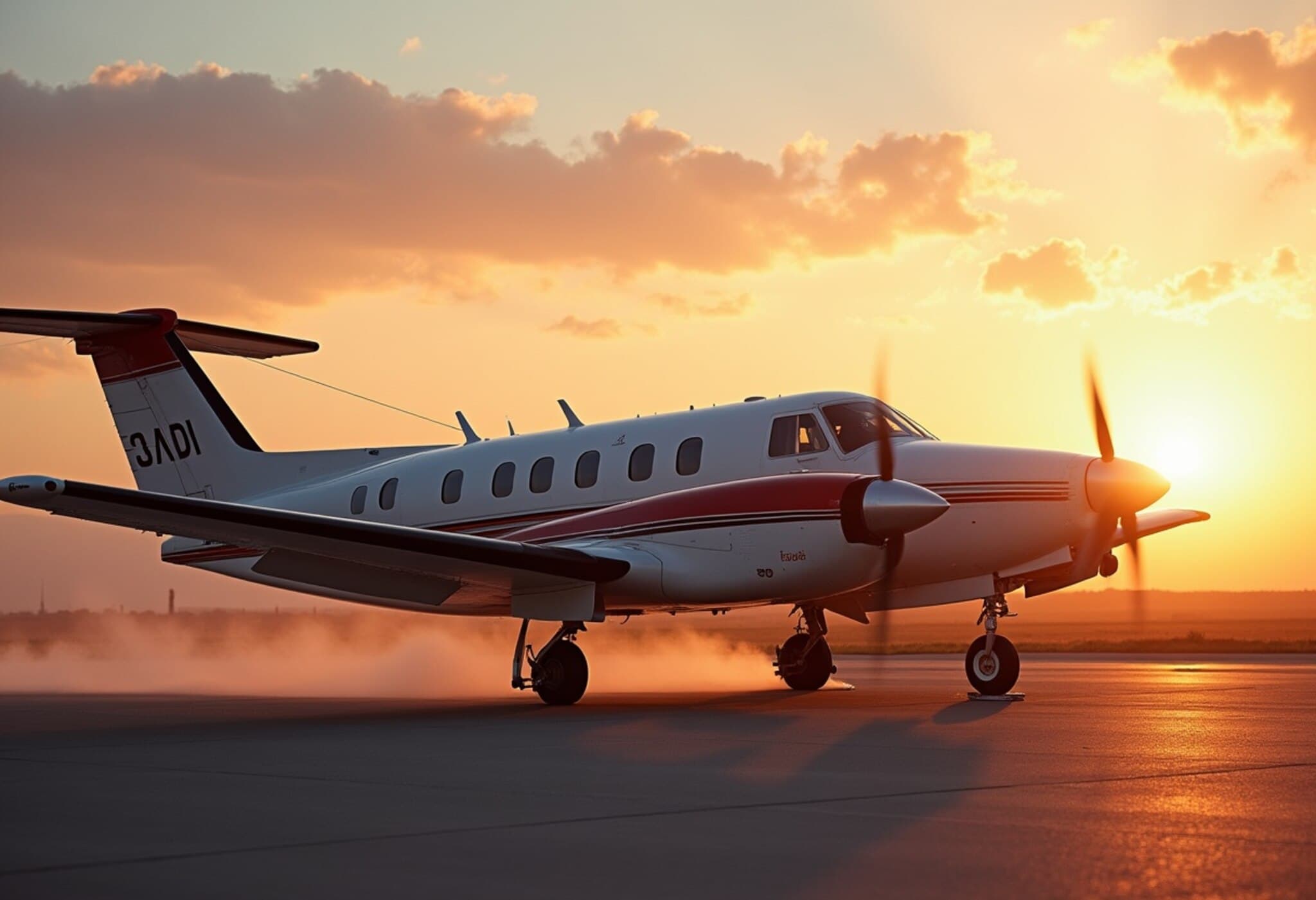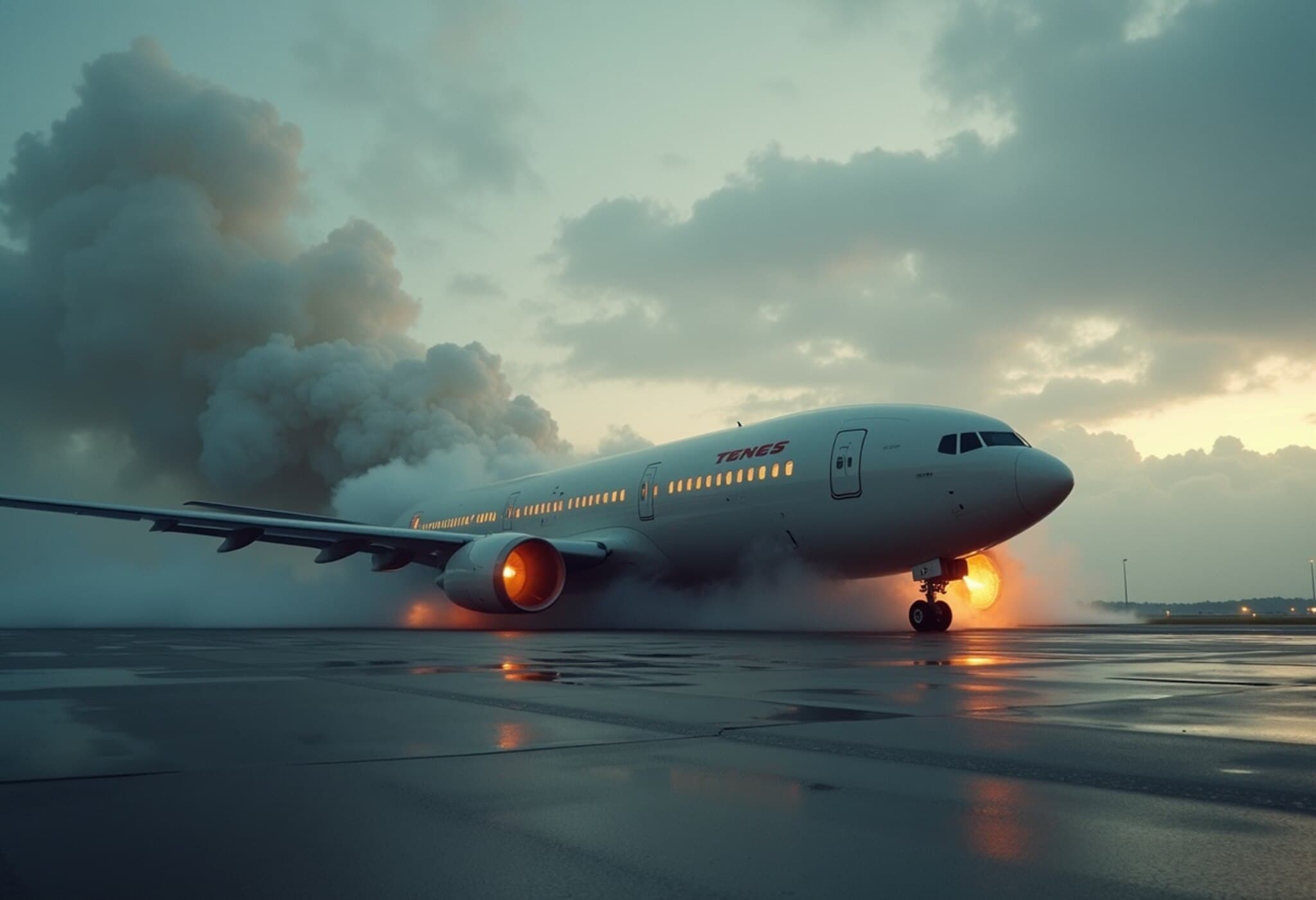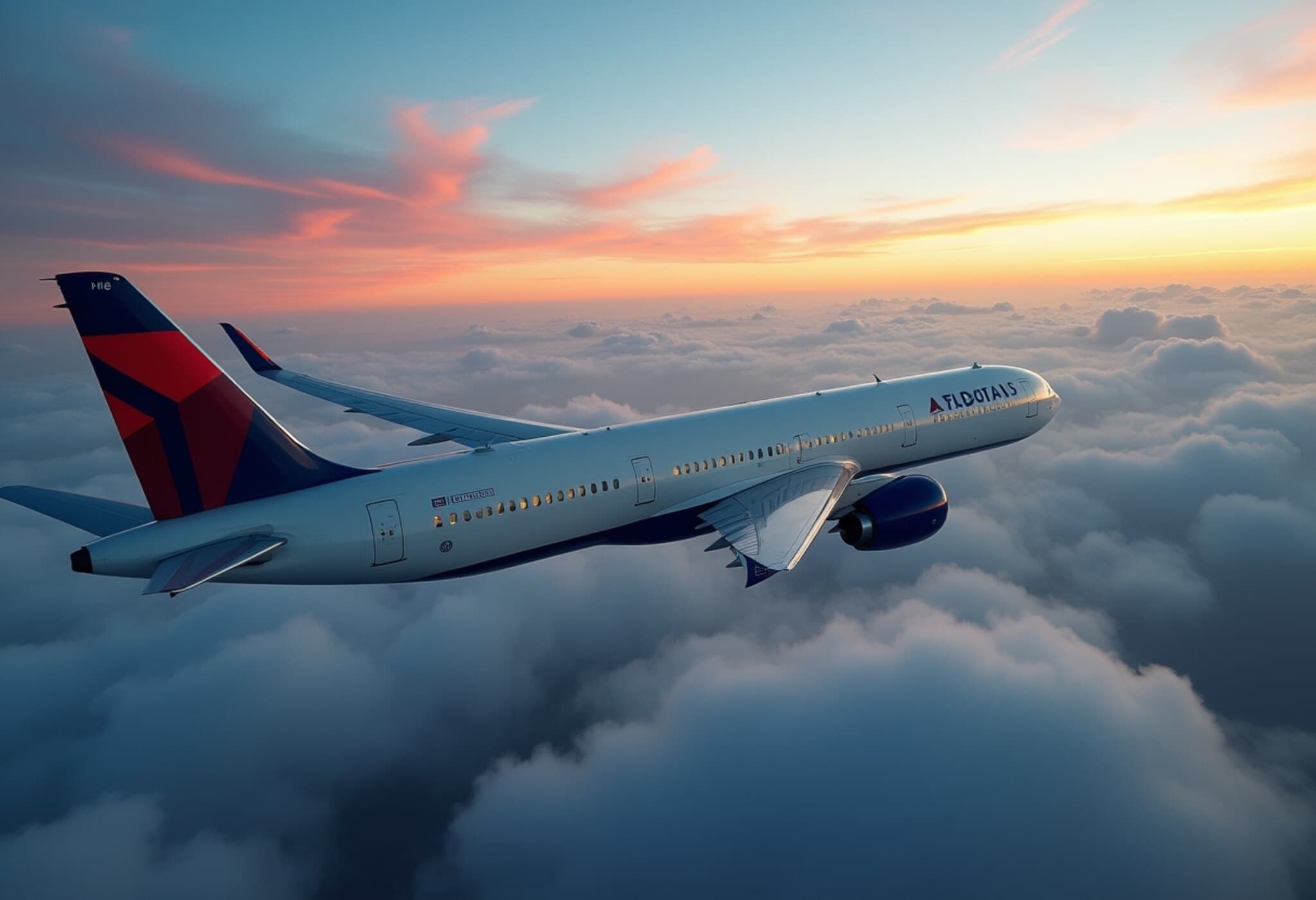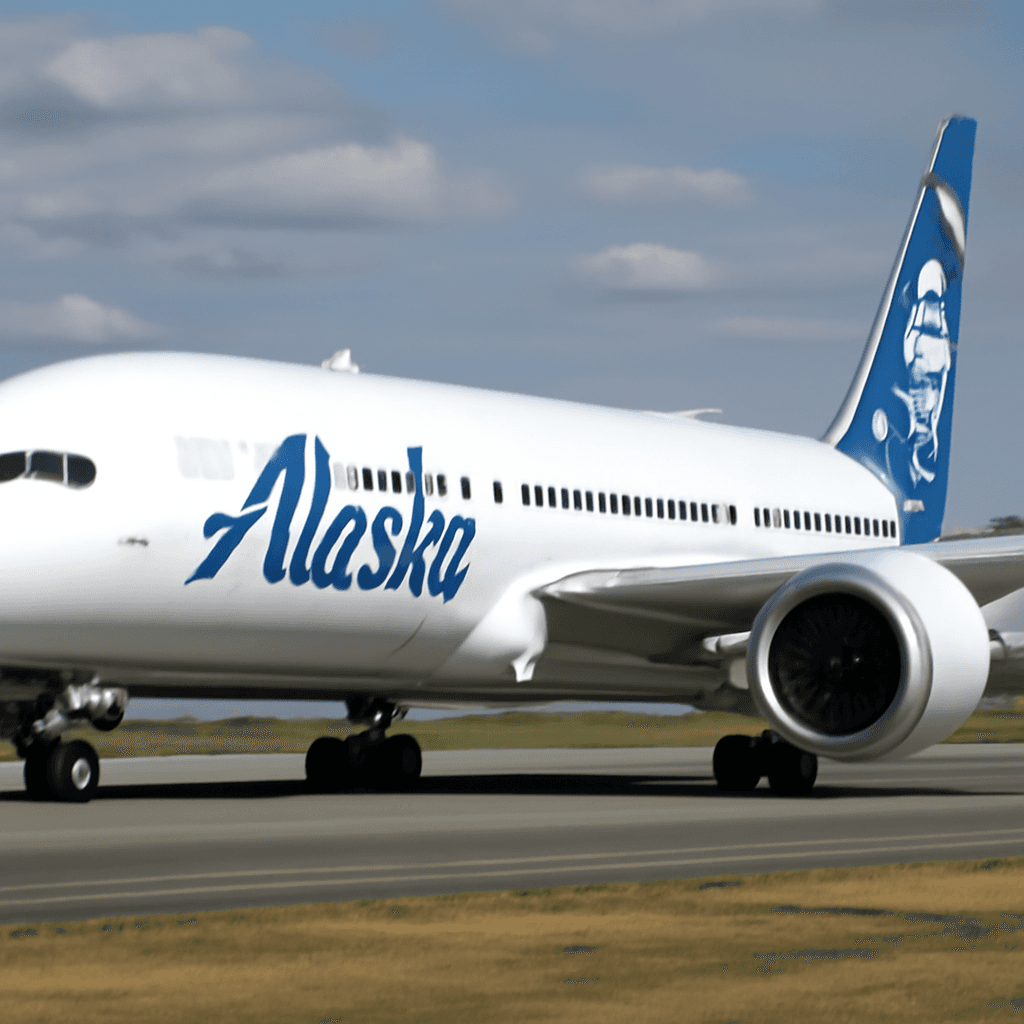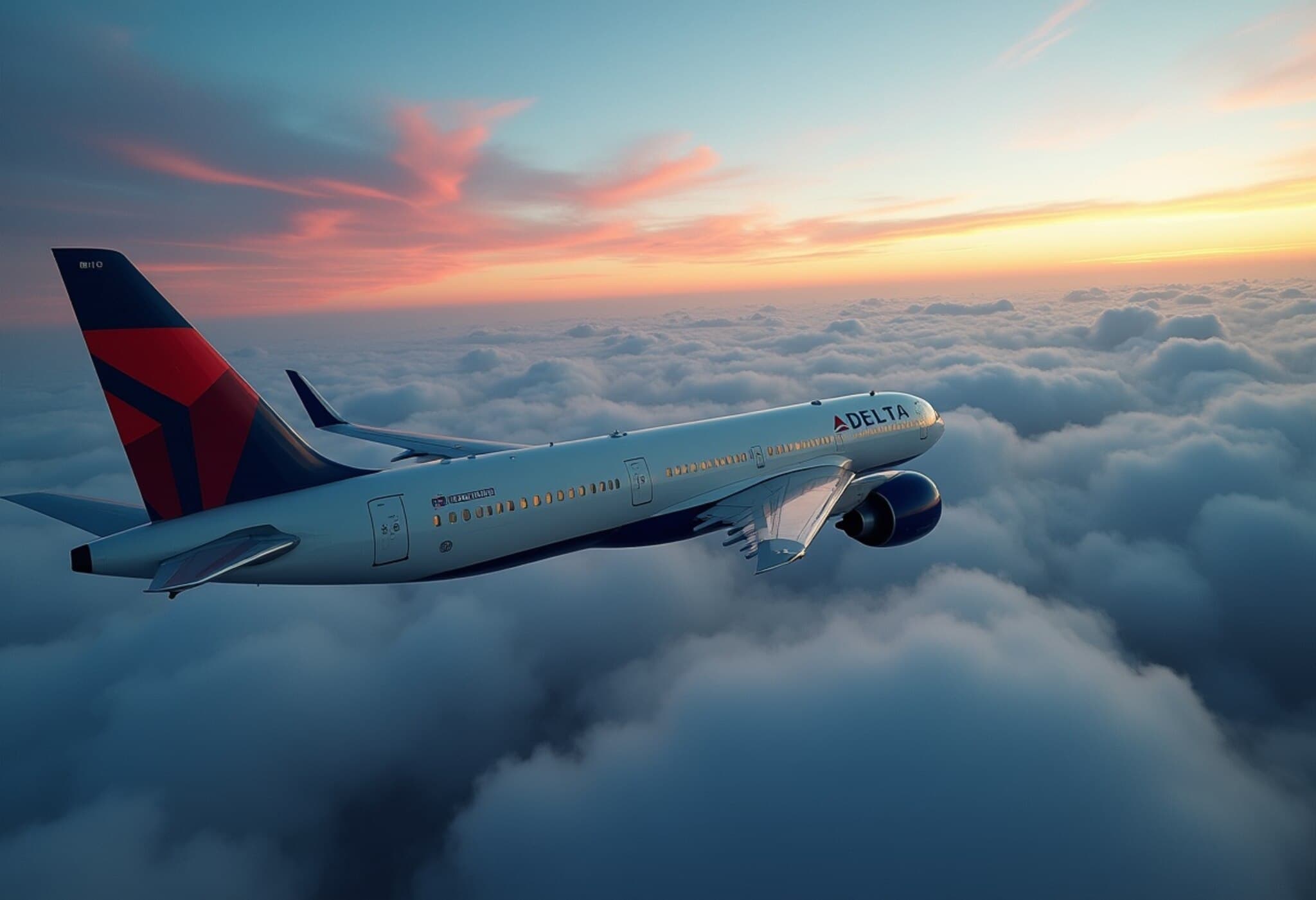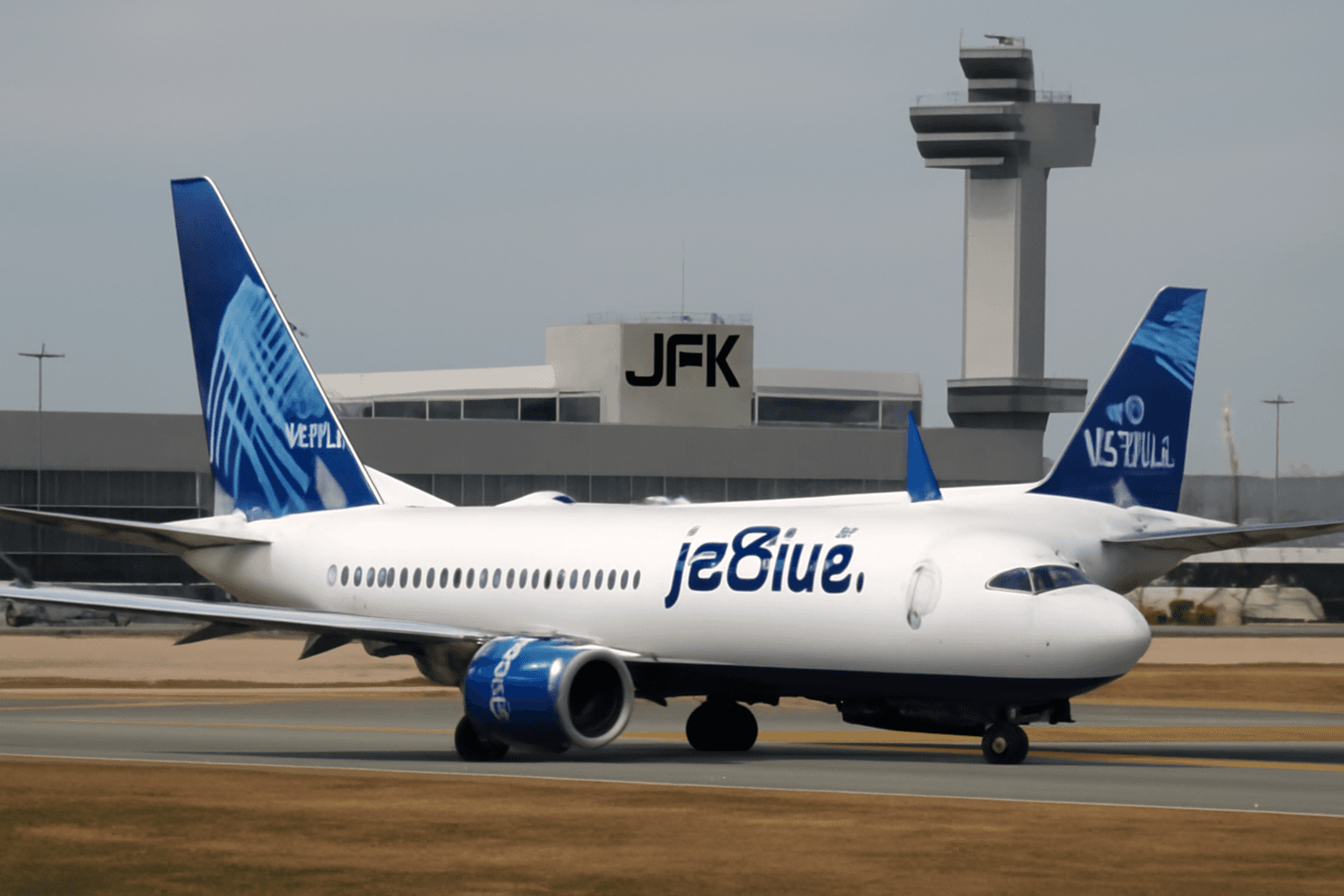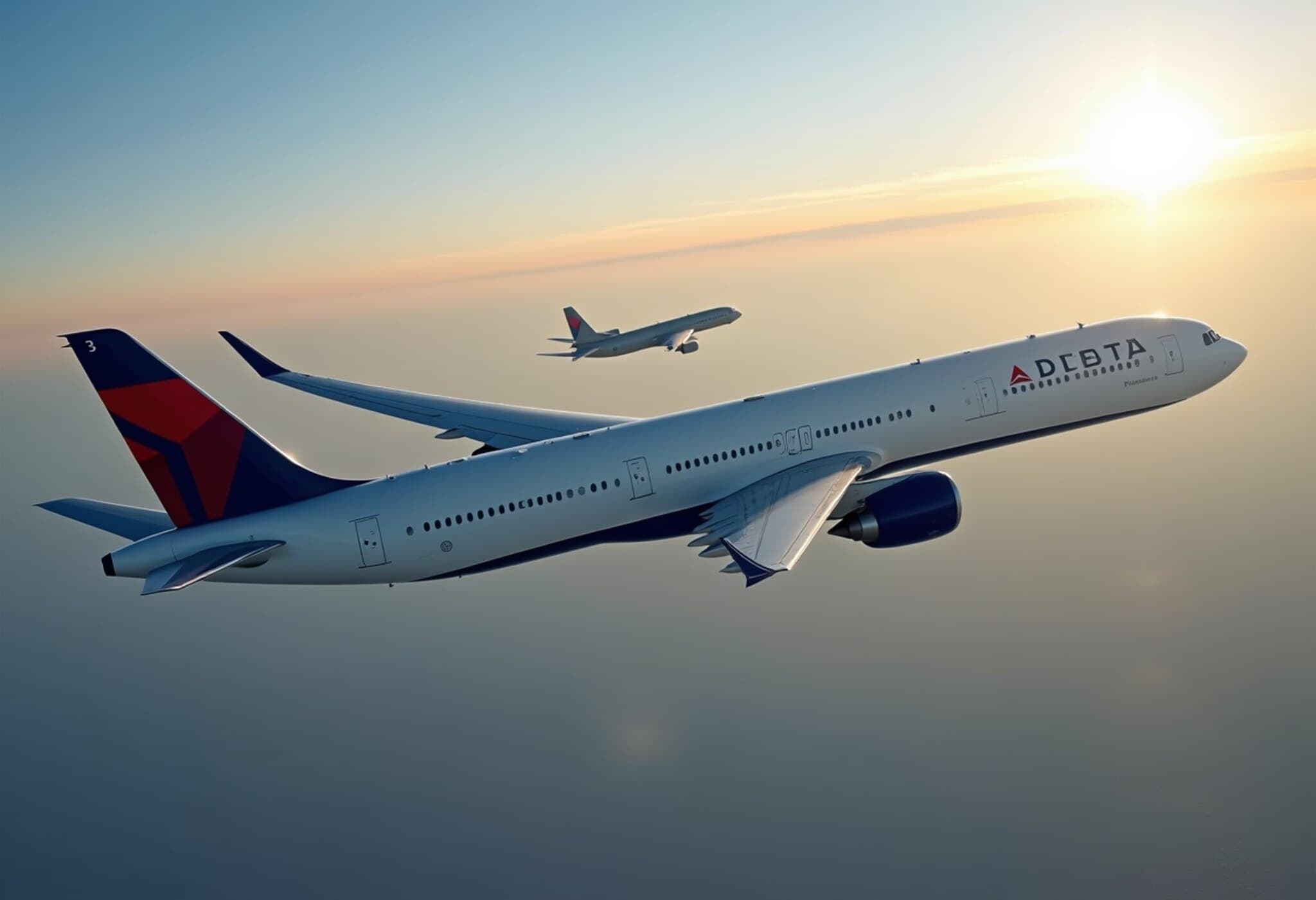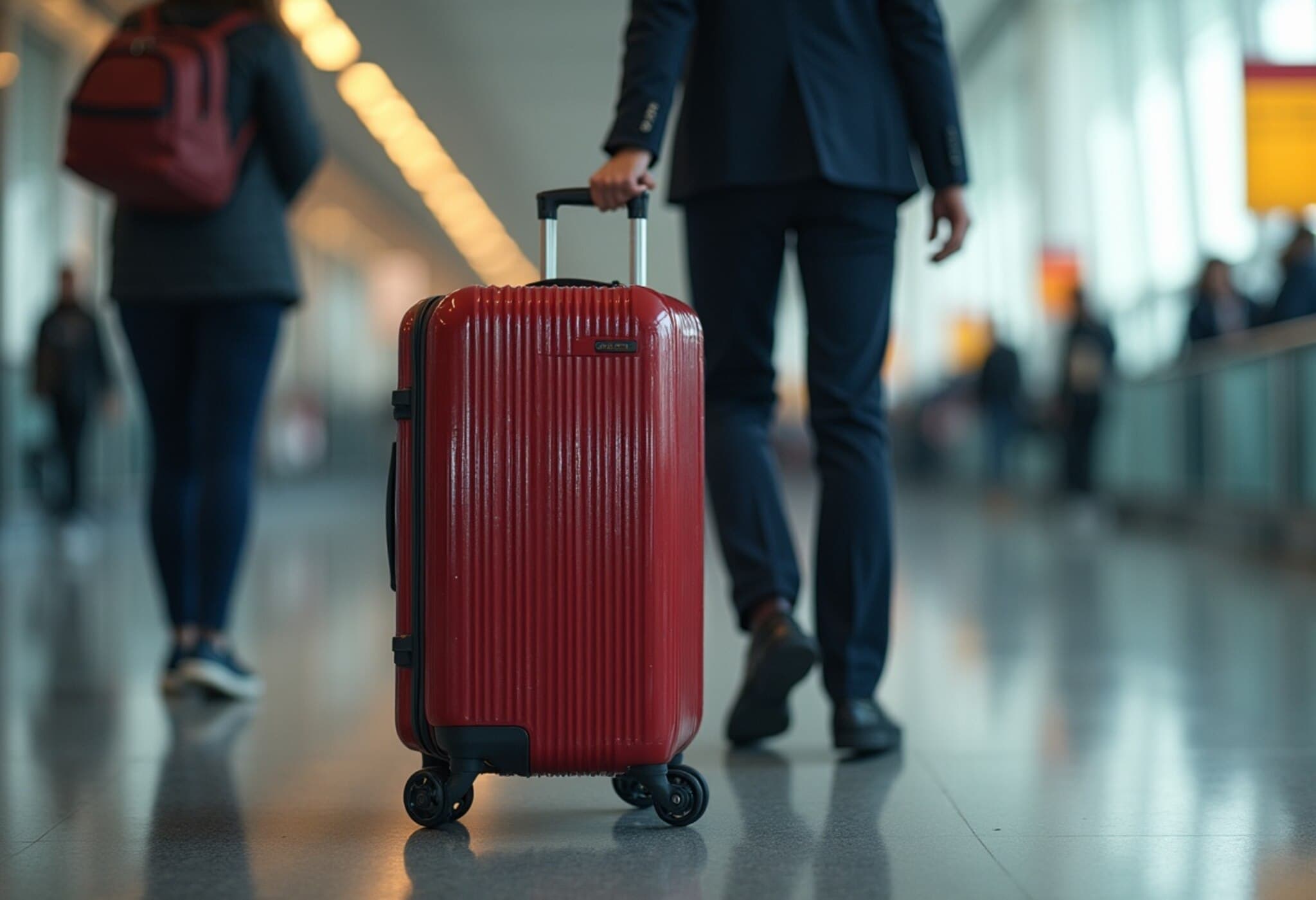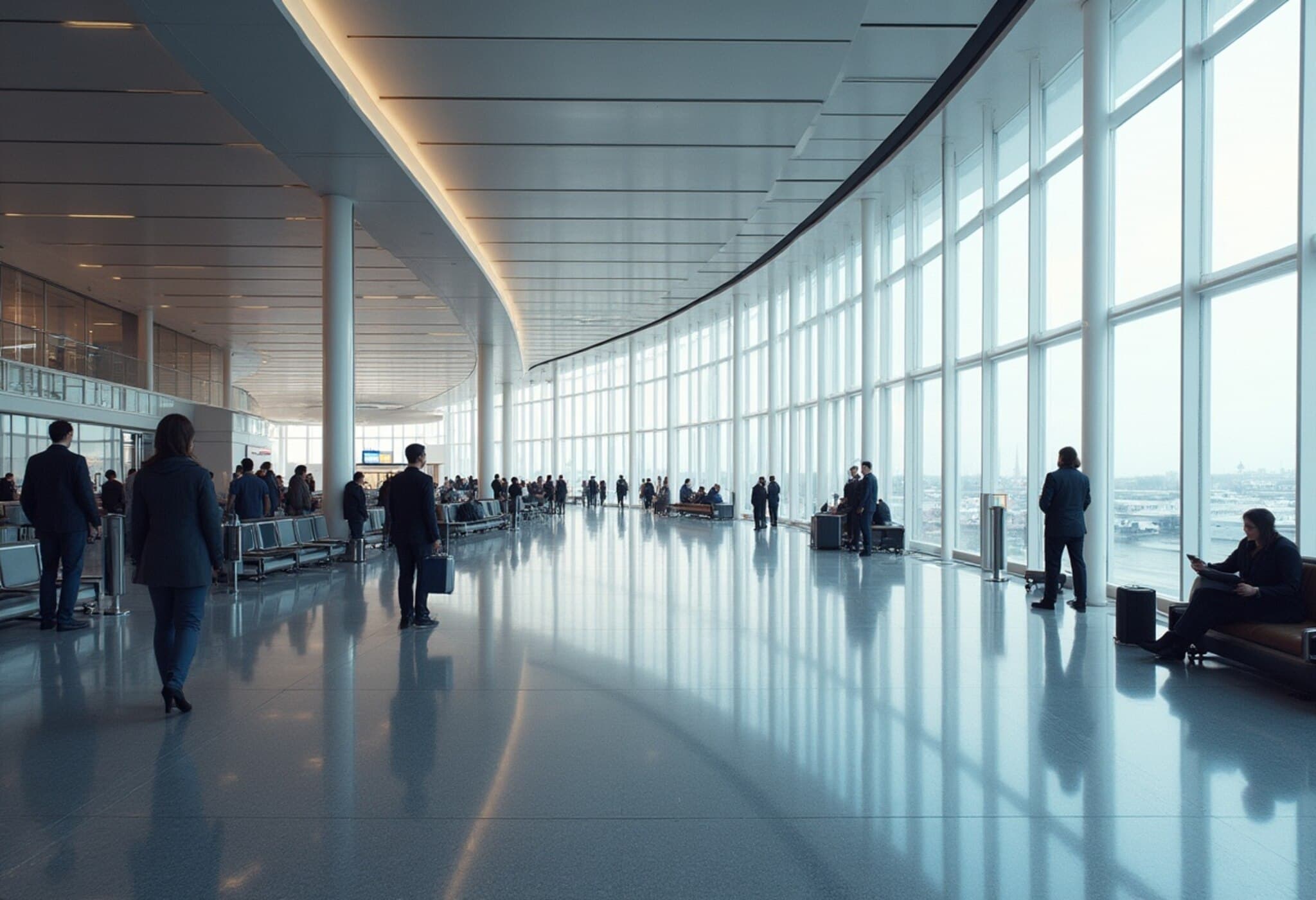Emergency Grounds Flights at New York’s JFK Airport
On Friday afternoon, New York’s John F. Kennedy International Airport (JFK) experienced an unexpected disruption when the Federal Aviation Administration (FAA) instituted a temporary ground stop on all departing flights. This action came after a Delta Air Lines flight inbound from Rome—Delta Flight 183—reported a hydraulic emergency shortly before landing.
Safe Landing Amid Hydraulic Failure
At approximately 1:30 p.m. local time, Delta 183 touched down safely despite the reported hydraulic issue affecting the aircraft's systems. The FAA confirmed no injuries were sustained by passengers or crew, and everyone disembarked the plane without incident. After landing, the disabled aircraft was carefully towed to the gate where a maintenance crew immediately began a thorough evaluation.
FAA Actions and Airport Impact
In response to the hydraulic malfunction, the FAA promptly declared a ground stop on all departures to and from JFK airport. This measure was in place until 2:30 p.m., during which time runways were briefly closed to safely manage the situation. Airport authorities later reported the disruption caused only minimal impact on the airport’s broader flight operations, underscoring the efficiency of crisis management protocols.
Expert Perspective: How Hydraulic Issues Affect Flight Safety
Hydraulic systems play a critical role in operating airplane controls like landing gear, brakes, and flaps. A failure can quickly escalate into a dangerous scenario if not promptly addressed. Aviation safety experts emphasize that pilots undergo rigorous training to handle such emergencies, ensuring passenger safety remains the top priority. The swift and safe landing of Delta Flight 183 highlights both the robustness of safety systems and the professionalism of the flight crew.
Delta Airlines’ Response
A Delta spokesperson stated, “Nothing is more important than the safety of our customers and crew,” praising the flight crew and JFK operations team for adhering to stringent safety protocols. The airline is cooperating fully with the FAA’s ongoing investigation to determine the specific cause of the hydraulic issue and to prevent future occurrences.
Broader Context: Air Travel Safety in Today’s World
Incidents like this—though infrequent—serve as a stark reminder of the complex technology and human vigilance required to keep air travel safe. With JFK being one of the busiest airports in the United States, even short disruptions prompt swift multi-agency responses. Travelers often underestimate the layers of safety checks behind every flight. This case reinforces the aviation industry’s unwavering commitment to safety first, even amid the pressures of high-volume air traffic.
Looking Ahead
As the FAA completes its investigation into the hydraulic anomaly, passengers and the general public can be reassured that lessons learned from such events only strengthen aviation protocols. For frequent flyers, incidents like these underline the importance of trust and transparency between airlines, regulators, and the traveling public.
Editor’s Note
This event underscores the intricate balance between cutting-edge technology and human expertise essential in aviation safety. While the FAA and Delta swiftly managed the immediate risk, the broader question remains: how can aging aircraft systems be better monitored to preempt emergencies? For travelers, it is a moment to appreciate the unseen diligence ensuring each flight’s safety and to remain informed about real-time updates from reliable aviation authorities.

